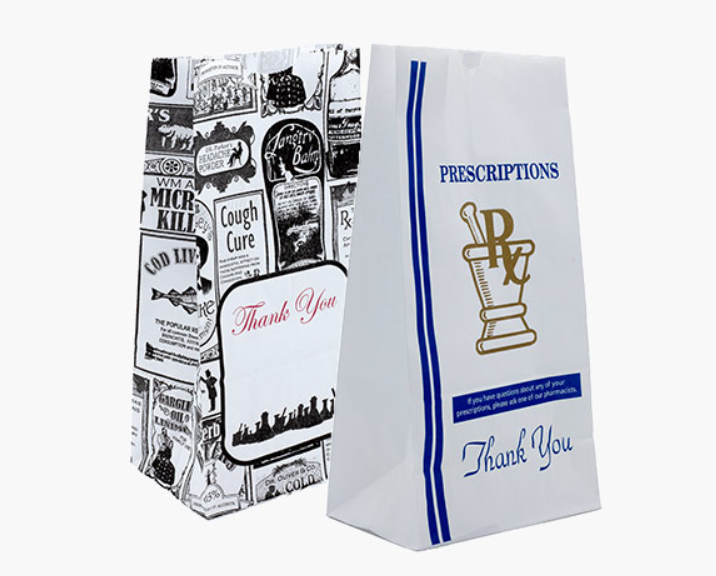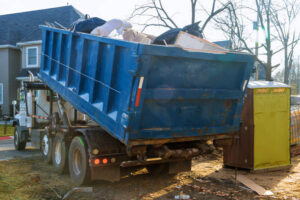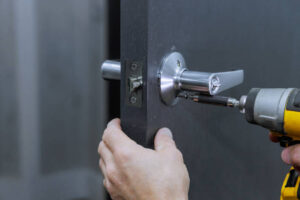
In an age where sustainability is more than a trend—it’s a responsibility—paper bag packaging products have become an essential solution for environmentally conscious businesses. From retail and grocery stores to restaurants and fashion boutiques, the demand for paper bags is soaring. Consumers are also increasingly seeking eco-friendly packaging options that align with their values.
This article explores the rise of paper bag packaging products, their benefits, types, applications, and why businesses should consider switching to paper over plastic.
What Are Paper Bag Packaging Products?
Paper bag packaging products refer to various types of bags made from paper pulp—typically derived from recycled paper or wood. These bags are used to package, carry, or present items in both commercial and retail environments. Depending on the application, they come in different sizes, strengths, designs, and finishes.
The Rise of Paper Packaging: A Green Revolution
The push towards sustainability has led to regulations banning or limiting single-use plastics in many parts of the world. This shift, coupled with growing environmental awareness, has created massive demand for paper-based packaging.
According to market research, the global paper bag market is projected to reach USD 7.2 billion by 2027, with a CAGR of over 4%. The growth is driven by industries like food delivery, e-commerce, and fashion, all seeking eco-friendly packaging alternatives.
Types of Paper Bag Packaging Products
There are various types of paper bags available, each designed for specific use cases. Common varieties include:
1. Flat Paper Bags
-
Commonly used in pharmacies, bakeries, and food stalls.
-
Lightweight and affordable.
-
Ideal for packaging sandwiches, pastries, or small retail items.
2. SOS (Self-Opening Sack) Paper Bags
-
Feature a flat bottom that allows the bag to stand upright.
-
Commonly used in grocery stores and restaurants.
-
Suitable for heavier items and bulk purchases.
3. Twisted or Flat Handle Paper Bags
-
Often used in fashion, gift, and retail stores.
-
Easy to carry and customizable with branding.
-
Available in kraft, white, or color-coated finishes.
4. Die-Cut Handle Paper Bags
-
Feature a cut-out handle on the bag itself.
-
Elegant and used for premium or promotional products.
-
Often used in events, expos, and luxury retail.
5. Reinforced Paper Bags
-
Designed for heavy-duty use, with additional layers or reinforcements.
-
Commonly used in industrial, hardware, or construction supply sectors.
Benefits of Using Paper Bag Packaging
Paper bags aren’t just environmentally friendly—they’re practical and brand-friendly too. Here are some key advantages:
1. Eco-Friendly and Biodegradable
-
Made from renewable resources.
-
Decompose naturally within weeks.
-
Often recyclable and compostable.
2. Recyclable and Reusable
-
Most paper bags can be reused multiple times.
-
Easily recycled in existing systems, reducing landfill waste.
3. Customizable for Branding
-
Easy to print with logos, brand messages, and graphics.
-
Enhances brand recognition and customer experience.
4. Consumer Appeal
-
Many customers associate paper packaging with premium, eco-conscious brands.
-
Provides a tactile, natural feel that resonates with modern buyers.
5. Compliance with Environmental Regulations
-
Using paper bags helps brands stay compliant with local and global plastic ban laws.
Applications Across Industries
Paper bag packaging is versatile and used in a wide range of sectors, including:
-
Retail: Clothing, shoes, cosmetics, electronics.
-
Food & Beverage: Take-out bags, bakery bags, fruit & vegetable packaging.
-
Hospitality: Hotel gift shops, amenity kits, event giveaways.
-
Healthcare: Medicine and prescription bags.
-
Corporate: Event merchandise, brochures, promotional gifts.
How to Choose the Right Paper Bag for Your Business
Selecting the right paper bag packaging depends on your product type, weight, customer experience goals, and branding. Here’s a quick guide:
| Factor | Consideration |
|---|---|
| Size & Volume | Choose based on the dimensions and quantity of items you sell. |
| Strength & Durability | For heavier items, go with reinforced bottoms and stronger handles. |
| Handle Type | Twisted paper handles for sturdiness, die-cut for a premium feel. |
| Printing Needs | Consider full-color printing or kraft-style for an eco aesthetic. |
| Budget | Prices vary by paper quality, handle type, and quantity ordered. |
Paper Bag Packaging vs. Plastic Packaging
| Feature | Paper Bags | Plastic Bags |
|---|---|---|
| Eco-Friendliness | Biodegradable & recyclable | Non-biodegradable |
| Brand Perception | Premium and eco-conscious | Often seen as cheap or wasteful |
| Durability | Moderate (better with reinforcements) | High, but non-sustainable |
| Cost | Slightly higher | Lower upfront, but higher environmental cost |
While plastic may offer more durability in the short term, the long-term environmental impact—and brand image damage—can far outweigh the benefits.
Trends in Paper Bag Packaging
As innovation continues, paper packaging is becoming smarter and more stylish:
-
Water-Resistant Coatings: New biodegradable coatings make paper bags suitable for frozen or damp goods.
-
Digital Printing: Enables vibrant, high-definition graphics for small print runs.
-
Seed Paper Bags: Bags embedded with seeds that can be planted after use.
-
Minimalist Design: Clean, natural textures with subtle branding for modern appeal.
Final Thoughts
Paper bag packaging products are more than just a trend—they’re a step toward a more sustainable, responsible future. As consumers demand greener alternatives and governments crack down on plastic waste, paper bags are becoming the gold standard for eco-conscious packaging.
Whether you’re a small café, a national retail brand, or an e-commerce startup, integrating paper bag packaging into your business strategy not only protects the planet but also enhances your brand’s appeal. By investing in high-quality, customized paper bags, businesses can make a positive impact on both their customers and the environment.





